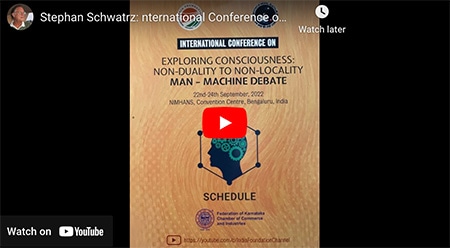Friday, January 20th, 2017
Stephan: First, let me note that this is really good trend analysis. Just as a piece of work, this is very impressive. As we convert to electricity instead of carbon fuel there is going to be an interim phase where everything will hinge on batteries and, since batteries are basically a chemistry technology raw materials, particularly rare raw materials become the weak link. This is the cobalt trend.
And we can see it playing out with Tesla. I think China has realized that the U.S. for the next four years is enthrall to carbon energy, and now is the time to make their move. Chinese batteries suppliers may cut their prices by 35%-40% in 2017, while still making a profit, which would have a significant effect on other suppliers, notably Tesla. If they have batteries, and are already the leaders in panel construction, they will create millions of jobs and energize (pun intended) their entire society through the trillions made as the world converts.
In the longer term though although batteries will still be a critical component in my view much of the battery technology will be replaced by LENR. SRI has now published an over-unity report that seems credible. This is not going to be for little things like smart phones, but for things like vehicles, and houses, and it will be an easy upgrade because LENR will just plug in where batteries once stood.
 Since early March I’ve written five articles that focus on supply and demand dynamics in the cobalt mining sector and explain why I believe the lithium-ion battery industry is facing a raw materials shortage of epic proportions. Today I’ll drill down into market dynamics within the lithium-ion battery industry and explain why I believe cheap lithium-ion batteries for electric vehicles (EVs) will be the first casualties of the Cobalt Cliff.
Since early March I’ve written five articles that focus on supply and demand dynamics in the cobalt mining sector and explain why I believe the lithium-ion battery industry is facing a raw materials shortage of epic proportions. Today I’ll drill down into market dynamics within the lithium-ion battery industry and explain why I believe cheap lithium-ion batteries for electric vehicles (EVs) will be the first casualties of the Cobalt Cliff.
I want to begin with an explanation that I’ve derived most of the numbers in this article by digitizing graphs from Avicenne Energy’s presentation at AABC 2016 in Mainz, Germany, a process that’s inherently imprecise. While I believe my estimates are close enough to offer a good overview, digitization is dependent on the visual acuity of the human being running the software and like most humans I’m imperfect on my best days.
Based on a careful analysis of Avicenne’s graphs I’ve estimated that in 2015 the lithium-ion battery industry manufactured cells with 61,500 MWh of capacity and generated $17.2 billion in revenue, which works out to an industry-wide average revenue of $280 per kWh at […]
 Since early March I’ve written five articles that focus on supply and demand dynamics in the cobalt mining sector and explain why I believe the lithium-ion battery industry is facing a raw materials shortage of epic proportions. Today I’ll drill down into market dynamics within the lithium-ion battery industry and explain why I believe cheap lithium-ion batteries for electric vehicles (EVs) will be the first casualties of the Cobalt Cliff.
Since early March I’ve written five articles that focus on supply and demand dynamics in the cobalt mining sector and explain why I believe the lithium-ion battery industry is facing a raw materials shortage of epic proportions. Today I’ll drill down into market dynamics within the lithium-ion battery industry and explain why I believe cheap lithium-ion batteries for electric vehicles (EVs) will be the first casualties of the Cobalt Cliff.








